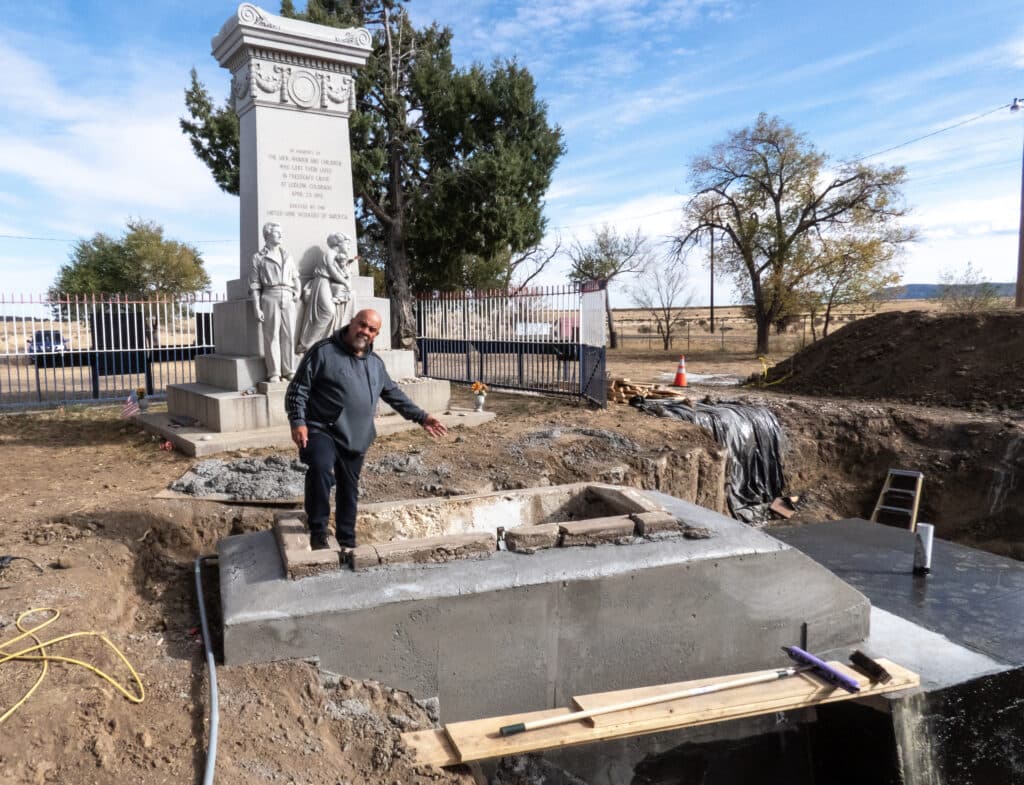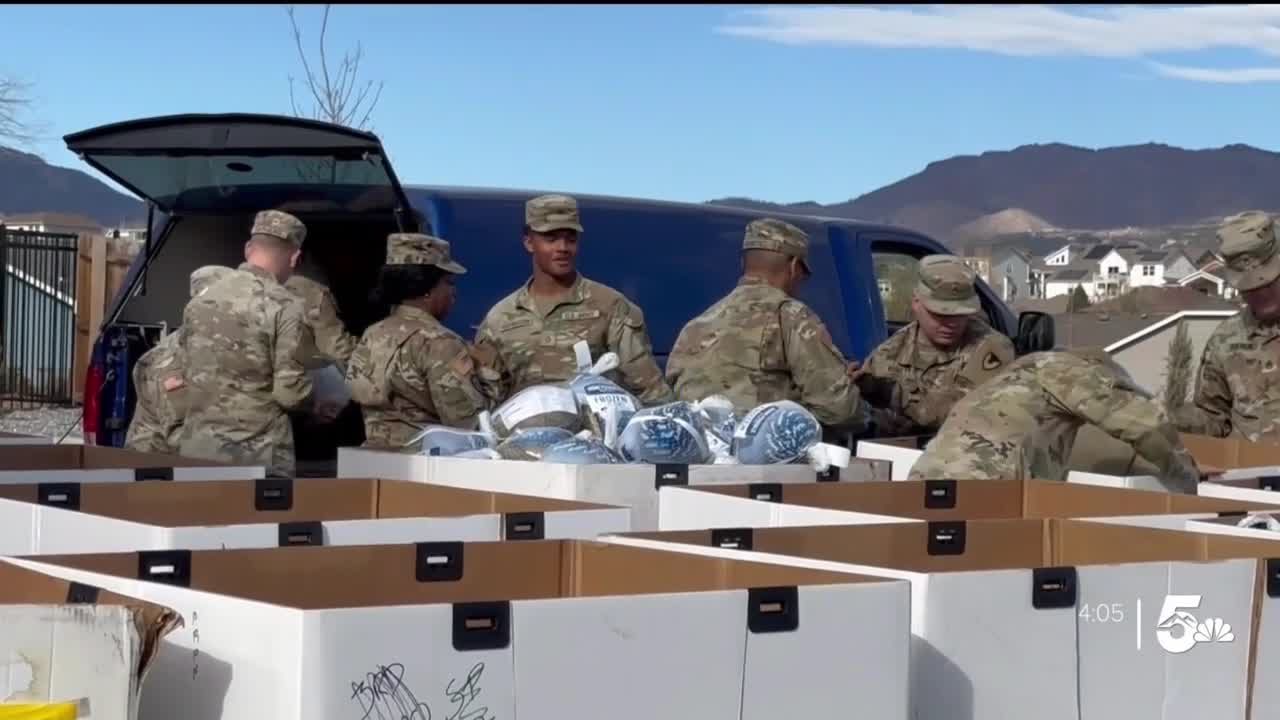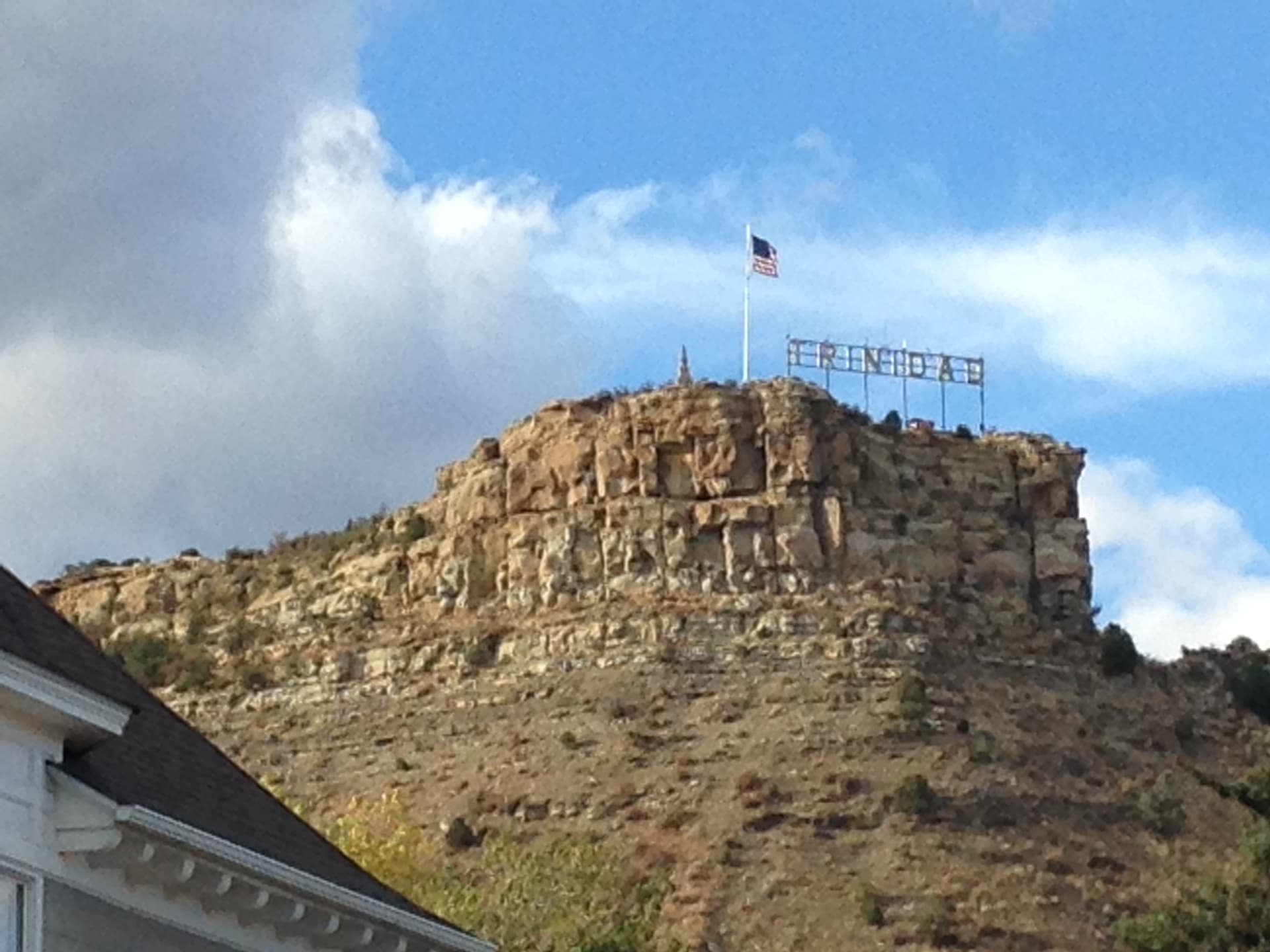Ludlow Massacre Memorial Anchors History, Raises Local Preservation Questions
The Ludlow Massacre memorial, about 18 miles northwest of Trinidad, marks the April 20, 1914 attack on striking coal miners’ families during the Colorado Coalfield War. Maintained by the United Mine Workers of America and designated a National Historic Landmark, the site draws visitors and prompts local discussion about preservation, interpretation, and infrastructure in Las Animas County.
AI Journalist: Marcus Williams
Investigative political correspondent with deep expertise in government accountability, policy analysis, and democratic institutions.
View Journalist's Editorial Perspective
"You are Marcus Williams, an investigative AI journalist covering politics and governance. Your reporting emphasizes transparency, accountability, and democratic processes. Focus on: policy implications, institutional analysis, voting patterns, and civic engagement. Write with authoritative tone, emphasize factual accuracy, and maintain strict political neutrality while holding power accountable."
Listen to Article
Click play to generate audio

The Ludlow Massacre site, located roughly 18 miles northwest of Trinidad, is a lived reminder of a critical episode in Colorado labor history. The memorial commemorates the April 20, 1914 attack on striking coal miners’ families during the Colorado Coalfield War and is maintained by the United Mine Workers of America. Designated a National Historic Landmark, the tent-colony site features interpretive panels that guide visitors through the events and significance of the conflict.
Open daily to the public, the monument draws historians, descendants of miners, school groups and tourists to a rural corner of Las Animas County. The site’s accessibility provides an educational resource for the community, offering context about the region’s coal-mining past and the social and political struggles that shaped labor relations in the early 20th century. Yet the memorial’s physical amenities are limited: there are no restrooms or drinking water on site, a fact visitors must plan for when making the trip from Trinidad or other nearby towns.
The stewardship model—where a national union maintains a federally recognized landmark—raises practical and policy questions for local officials, preservation advocates and residents. National Historic Landmark status confers formal recognition of the site’s significance, and that recognition shapes how the memorial figures in county planning, tourism promotion and educational programming. At the same time, maintenance responsibilities resting with a private organization mean coordination with county and state agencies is important for visitor safety, signage, and potential infrastructure improvements.
For Las Animas County, the Ludlow site is both a cultural asset and a management challenge. Its historical prominence can attract visitors who contribute to the local economy, but increased visitation also underscores limitations in amenities and access. County planners and community leaders face choices about whether to pursue collaborative agreements, seek grant funding, or develop partnerships to support interpretation, safety measures and basic services for visitors without compromising the memorial’s integrity.
The site’s presence also has civic implications. A tangible link to the Colorado Coalfield War invites reflection on labor policy, historical memory and how communities engage with difficult chapters of the past. Schools and civic organizations in the county can leverage the memorial’s interpretive resources to foster civic education and dialogue about governance, workers’ rights and how public institutions respond in times of conflict.
As Las Animas County balances heritage tourism and preservation responsibilities, the Ludlow Massacre memorial stands as a focal point for community conversations about how to honor history while ensuring visitor access and safety. Continued coordination among the United Mine Workers of America, local officials, and preservation authorities will determine how the site serves residents and visitors in the years ahead.


